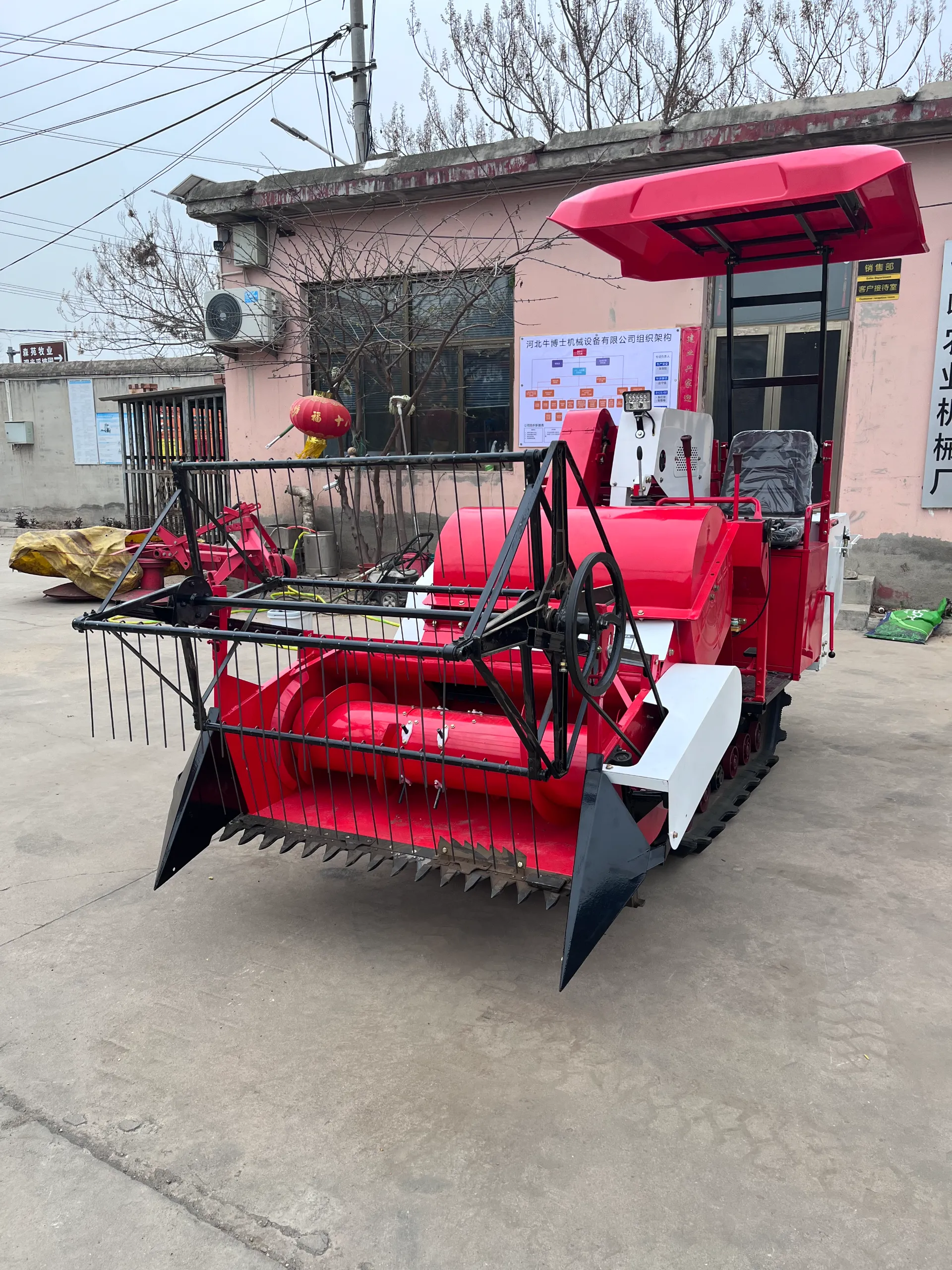grain harvester
The Evolution of Grain Harvesters Revolutionizing Agriculture
Grain harvesters have played a pivotal role in the evolution of agriculture, transforming the way farmers harvest crops and significantly increasing efficiency and yield. The journey of grain harvesting technology dates back centuries, with traditional methods gradually giving way to mechanized solutions that have reshaped the agricultural landscape.
Historically, grain harvesting was a labor-intensive process involving manual tools like sickles and scythes. Farmers would spend countless hours in the fields, cutting and gathering crops by hand. While these methods were effective in their time, they were also time-consuming and physically demanding. The industrial revolution in the 19th century marked a turning point, leading to the invention of the first mechanical reapers. Although these initial machines were rudimentary by today’s standards, they laid the groundwork for modern grain harvesting technology.
The advent of the combine harvester in the early 20th century revolutionized grain harvesting. This innovative machine combined several functions into one, effectively reaping, threshing, and winnowing grain in a single operation. The increased efficiency allowed farmers to cover larger fields in less time, dramatically reducing labor costs and enhancing productivity. Today’s combine harvesters are equipped with sophisticated technologies such as GPS guidance systems, yield monitoring, and automated controls, allowing for precision farming that was unimaginable in earlier times.
grain harvester

One of the most significant advancements in grain harvesting technology is the integration of data analytics and smart farming techniques. Modern harvesters are equipped with sensors and software that collect vast amounts of data during operation. This information helps farmers make informed decisions regarding crop management, soil health, and yield optimization. By utilizing this data, farmers can improve their practices and increase their overall productivity, contributing to food security in a rapidly growing global population.
Furthermore, environmental considerations have also influenced the design and operation of grain harvesters. Manufacturers are now focusing on producing efficient, low-emission machines that minimize their environmental impact. Features such as precision planting and harvesting, reduced soil compaction, and better fuel efficiency are becoming standard.
In conclusion, grain harvesters have undergone remarkable transformations over the years, evolving from simple hand-held tools to advanced machines that harness the power of technology. The continued innovation in this field not only enhances agricultural productivity but also plays a crucial role in sustainable farming practices. As we look to the future, it is clear that grain harvesters will remain an essential component of global agriculture, addressing the challenges of feeding an ever-growing population while caring for our planet.
Latest news
-
Mini Combine Harvester for Paddy – Compact, Efficient Rice Harvesting SolutionsNewsNov.24,2025
-
Mini Chain Harvester: Compact Forestry Solutions for Sustainable LoggingNewsNov.23,2025
-
Kartar Mini Harvester – Compact, Efficient Harvesting Machinery for Small FarmsNewsNov.23,2025
-
Compact Power: Elevate Your Farming with Harvesting Machine SmallNewsNov.22,2025
-
Discover the Power and Potential of Harvester Mini Combine Machines | Efficient Small-Scale HarvestingNewsNov.22,2025
-
Compact Harvester Machines: Small-Scale Agriculture’s Big AdvantageNewsNov.21,2025








